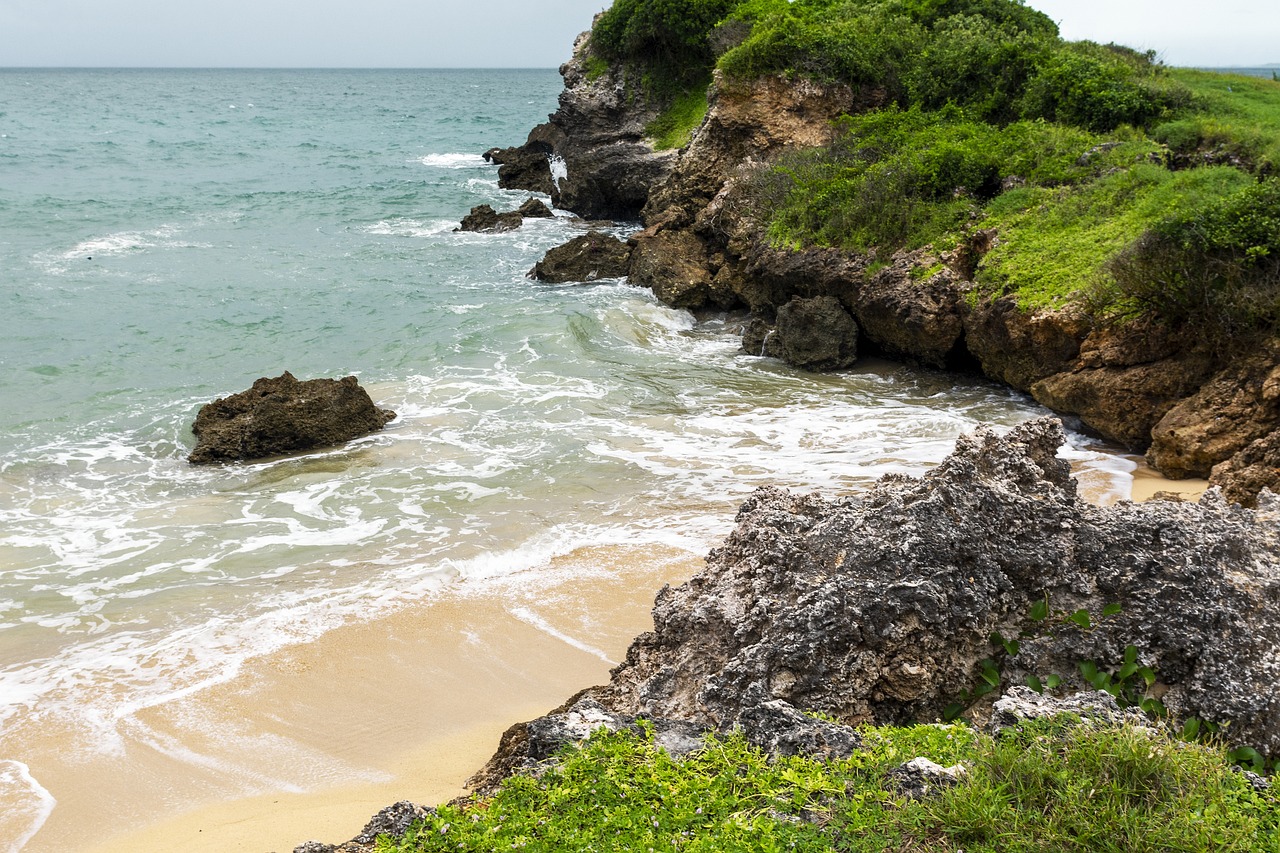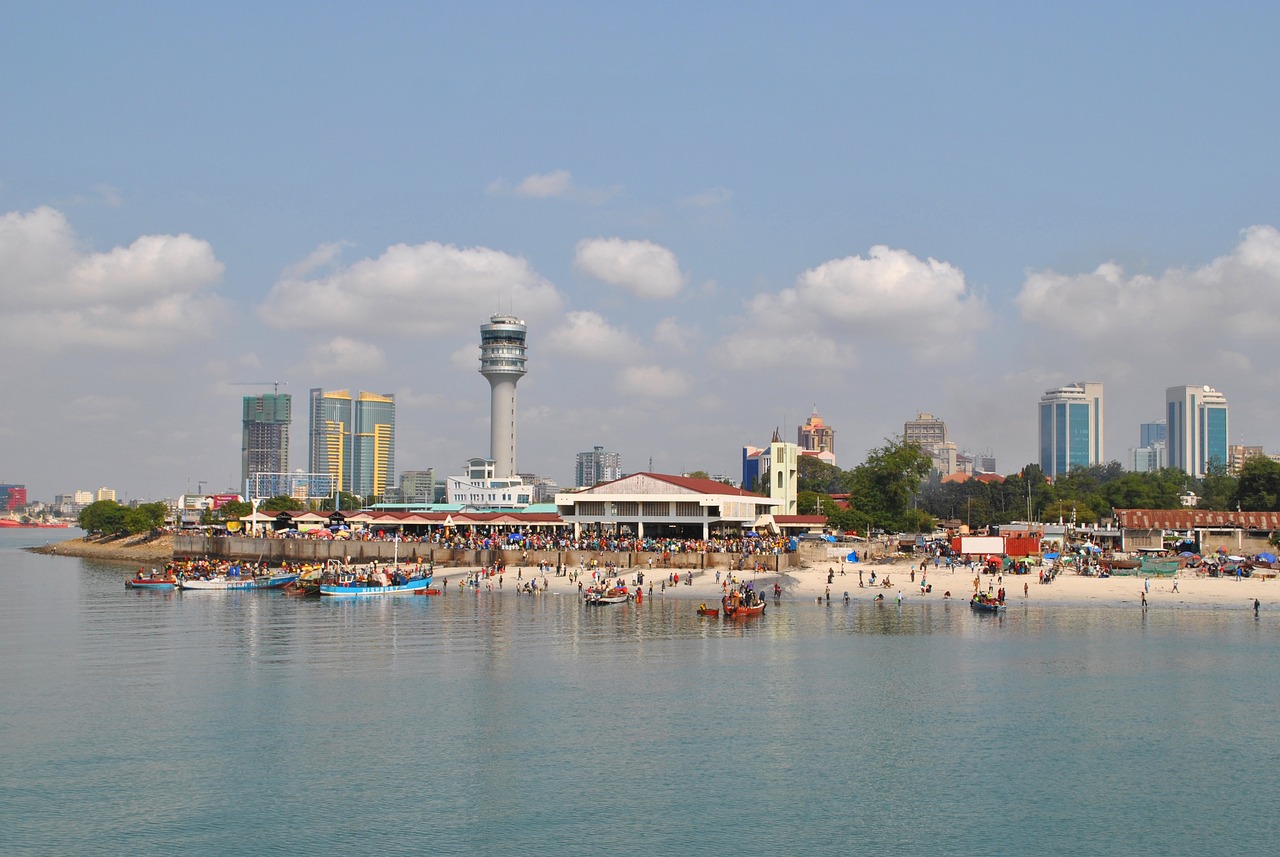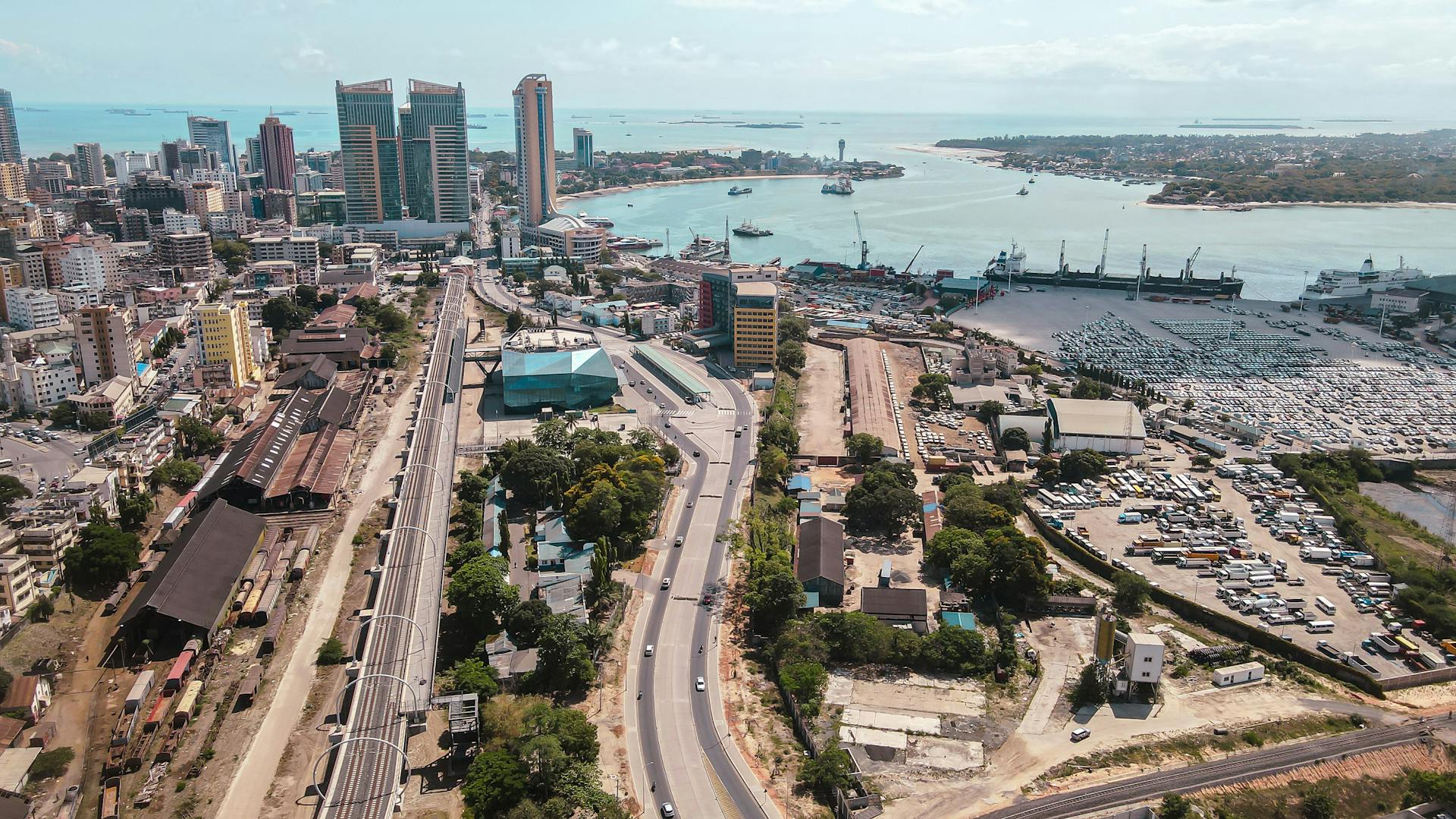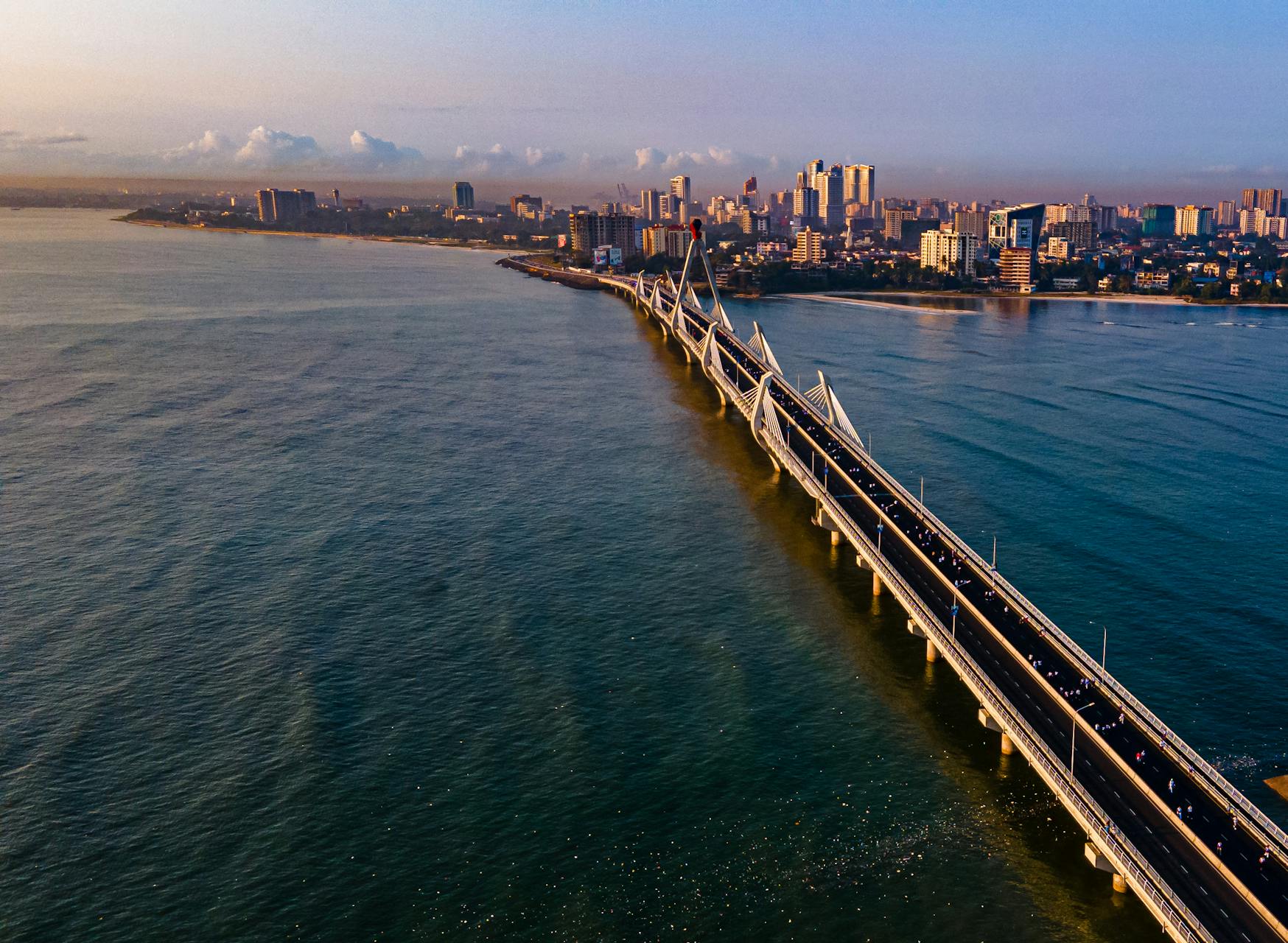Dar es Salaam, the bustling metropolis of Tanzania, stands as the nation’s largest city and its financial heart. With a rich history that dates back to its founding by Sultan Majid bin Said of Zanzibar in the 19th century, it has grown into a vibrant hub of culture and commerce. The city’s architecture is a testament to its multicultural heritage, showcasing a blend of Swahili, British, German, and Asian influences. As an important economic center, Dar es Salaam is not only pivotal to Tanzania but also serves as a gateway to East Africa, supporting the trade of its landlocked neighbors. Its natural harbor on the Indian Ocean has been a key factor in its development into one of the fastest-growing cities in the world.
History:
Dar es Salaam, a city with a name that translates to “Haven of Peace” in Arabic, has a rich history that dates back to the 1860s. Founded by Sultan Majid bin Said of Zanzibar, it was a small fishing village that grew into a bustling port and eventually became the administrative and commercial heart of German East Africa. The city’s past is reflected in its varied architecture and cultural institutions, making it a fascinating place for history enthusiasts.
Location:
Strategically positioned on the Swahili Coast of the Indian Ocean, Dar es Salaam is the largest city in Tanzania and serves as the country’s main port. Its coordinates, 6°48′ S, 39°17′ E, place it as a central hub for both sea and land routes, connecting travelers to various destinations within and outside of Tanzania.
Attractions:
Dar es Salaam is not traditionally known for tourist attractions, but it offers a unique blend of urban experiences and cultural richness. From the National Museum & House of Culture, which showcases the country’s history and heritage, to the vibrant Kivukoni Fish Market, there’s much to explore. The city also serves as a gateway to the pristine islands of Mbudya and Bongoyo, offering beautiful beaches and marine life.
Activities:
The city’s activities range from cultural tours and shopping at local markets like Mwenge Woodcarvers Market to enjoying the nightlife. For the adventurous, day trips to nearby islands and national parks provide opportunities for snorkeling, diving, and wildlife safaris.
Accommodation:
Dar es Salaam caters to all types of travelers, offering a range of accommodations from luxury hotels like the Hyatt Regency to more budget-friendly options. Visitors can choose from seaside resorts to city hotels, ensuring comfort and convenience during their stay.
Accessibility:
The city is working on improving its urban transport system, with projects like the Dar es Salaam Bus Rapid Transit (BRT) aimed at enhancing mobility and accessibility. However, challenges remain, such as congestion and the need for infrastructure development to keep pace with rapid urbanization.
Best Time to Visit:
The ideal time to visit Dar es Salaam is during the dry season, from June to October. During these months, the weather is pleasant, with minimal rainfall and lower humidity, perfect for exploring the city and its surroundings.
Whether you’re drawn by its historical allure, urban charm, or the call of the islands, Dar es Salaam is a city that promises an array of experiences for every traveler. Come and discover the vibrant heart of Tanzania.






